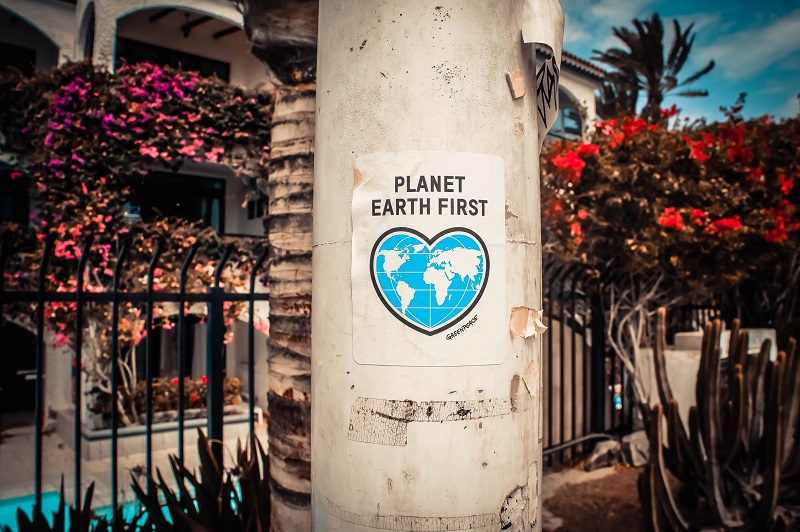When it comes to rubbish removal and the recycling of that waste, special consideration must be taken for certain types of rubbish that may pose more of a public threat if not handled carefully. Here, we discuss the rubbish removal of WEEE.
 |
| Rubbish Removal |
What Is WEEE?
WEEE is an acronym and it stands for Waste Electric and Electronic Equipment. WEEE mostly includes items that have an electrical plug and or run off batteries. It is sometimes referred to as “e-waste.” WEEE also includes other items associated with electricity like fluorescent lamps and high intensity discharge lamps. So called “white goods,” like big electrical appliances (refrigerators, freezers, washing machines, stoves, etc), make up about forty percent of all the WEEE disposed of and recycled currently. WEEE also includes many common household items like microwaves, heaters, televisions, computers, radios, fans, smoke detectors, thermostats, hair dryers, toasters, coffee machines, blenders, electric tools, game consoles, digital cameras, camcorders, and electronic toys.
Why Must WEEE Be Handled Differently Than Other Rubbish Removal Items?
There are three primary reasons that WEEE must be handled with special care during breakdown, recycling, and disposal. First, WEEE items tend to be a complex mixture of materials that must be separated before they can each be handled in a different way. These materials include different types of metal, glass, plastic, ceramic, and various chemicals. Second, WEEE items often contain hazardous materials that pose a health threat. Therefore, workers handling these items must be protected from these hazardous materials. These toxic materials must also be recycled or disposed of in a way that protects future contamination of people and the environment. For example, freon and other refrigerants must be drained from refrigerators before the refrigerators can be broken down. Some televisions, computers, and lights contain mercury that must not touch human skin or allowed to seep into the soil or ground water. Third, valuable precious metals are embedded in electronics but are very difficult to remove. For example, approximately ten percent of the world’s total gold production goes into electronics. Since precious metals are scarce, expensive, and destructive to the Earth to mine, special care should be taken to reclaim and reuse them.
What Other Hazards Are Found In WEEE Rubbish?
You may surprised to learn about the dangerous substances lurking in common WEEE products found your home! For example, did you know that asbestos is often found in old coffee makers, toasters, irons, and electric heaters? It’s true! While asbestos is no longer allowed in the new manufacture of these items, there may be asbestos lurking in these items if they’re twenty years old or older. Further, harmful substances are not just found in older WEEE products. Many modern electronic items, including stuff you may have purchased as recently as last week, contain heavy metals like arsenic, cadmium, lead and mercury. Many also may contain flame retardants which are highly toxic.
The WEEE Directive
The first version of the WEEE Directive (Waste Electrical and Electronic Equipment Directive) became law in the European Union in 2003. It was fully adopted by the UK in 2006. The primary purpose of the WEEE Directive is to divert WEEE from going directly to the landfills. This initiative came about because WEEE constituted one of the fastest growing waste streams in European landfills. Moreover, WEEE was one of the most toxic waste streams going into the landfills. Since its inception, the WEEE Directive has been amended several times in an effort to better meet goals set by the directive. An important part of this improved strategy is to provide free ways for consumers to return unwanted WEEE for processing and recycling.
How Is Clearabee Helping
In partnership with the North London Waste Authority (NLWA), European Recycling Platform (ERP), and Recycle For London (RFL), Clearabee is offering a free WEEE rubbish removal service in seven north London boroughs: Barnet, Camden, Enfield, Hackney, Haringey, Islington, Waltham Forest. It should be noted that this includes WEEE items that are “difficult to handle,” meaning the items would be too bulky and or too heavy for most people to transport on their own. Examples include large bulky household appliances like refrigerators or exceptionally heavy items like old sewing machines. If WEE items are small and light weight, citizens are encouraged to take them to their nearest Household Waste Recycling Centre and deposit them free of charge.
Here, you will find an extensive list of WEEE items that Clearabee can and cannot clear for you, plus the answers to frequently asked questions about Clearabee’s free WEEE removal service at the bottom of the page.
October 19, 2017
Leave a comment
